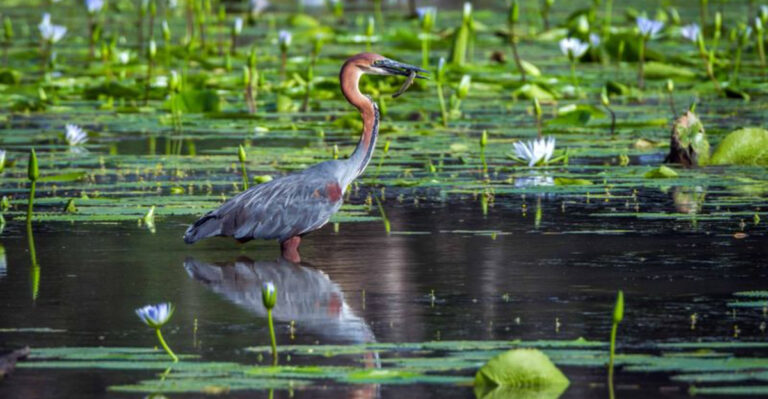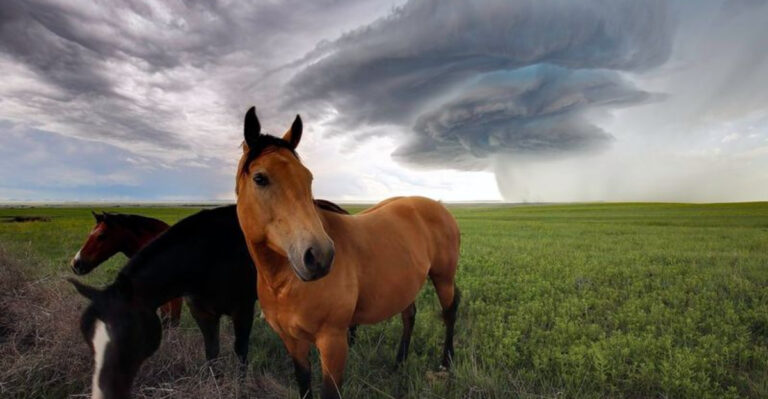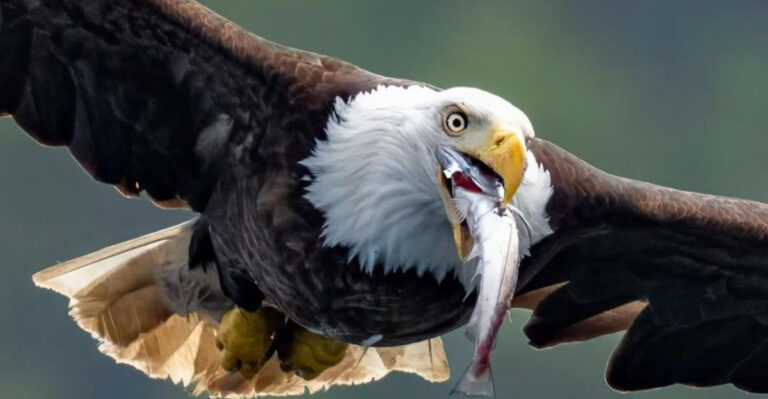What The Discovery Of A Sea Monster Skull Reveals About England’s Jurassic Coast
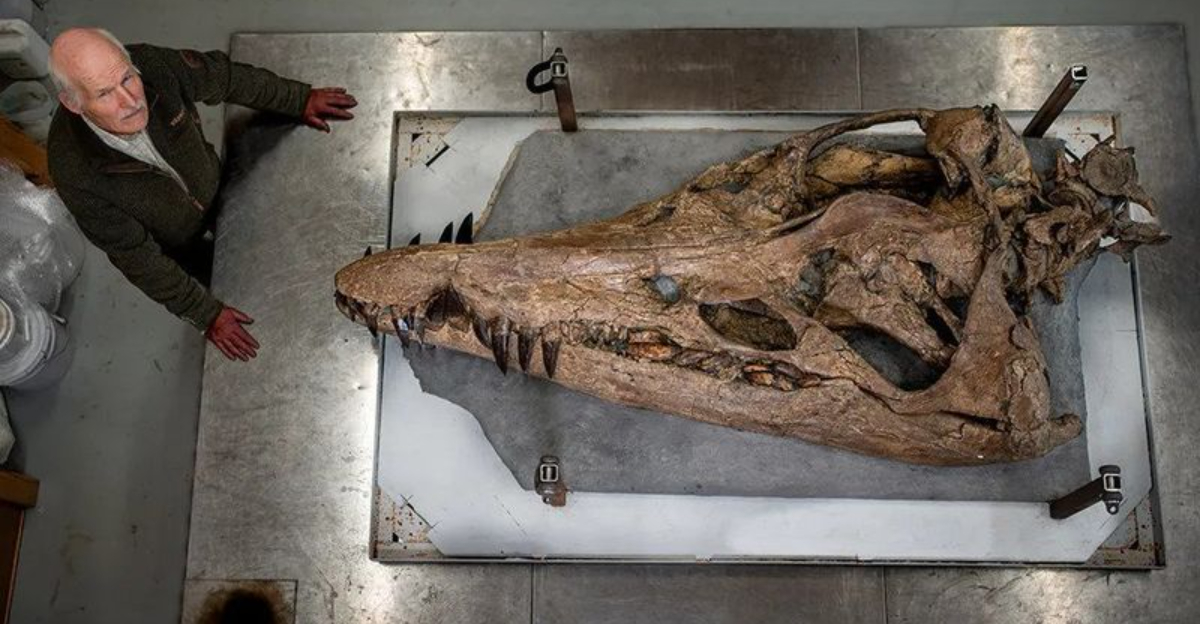
A remarkable discovery along England’s Jurassic Coast has scientists buzzing with excitement.
Fossil hunters recently unearthed the complete skull of an ancient marine reptile – a fearsome sea monster that ruled the oceans millions of years ago.
This incredible find is reshaping our understanding of prehistoric marine life and shedding new light on one of the world’s most famous fossil-hunting destinations.
1. Ancient Oceans Were Scarier Than We Thought
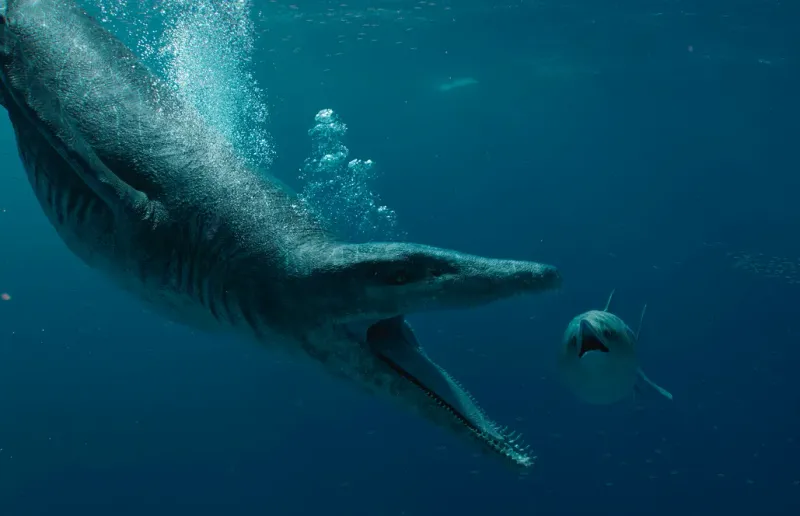
The massive skull, measuring nearly six feet long, belonged to a pliosaur – one of the ocean’s most terrifying predators. These creatures weren’t just big; they were perfectly designed killing machines with jaws powerful enough to snap a small car in half.
Scientists studying the teeth marks found evidence that these monsters didn’t just hunt smaller prey. They sometimes attacked other large marine reptiles, including members of their own species!
This single fossil confirms the ancient seas were even more dangerous than previously believed, with apex predators that would make today’s great white sharks seem like goldfish in comparison.
2. Perfect Preservation Reveals New Details
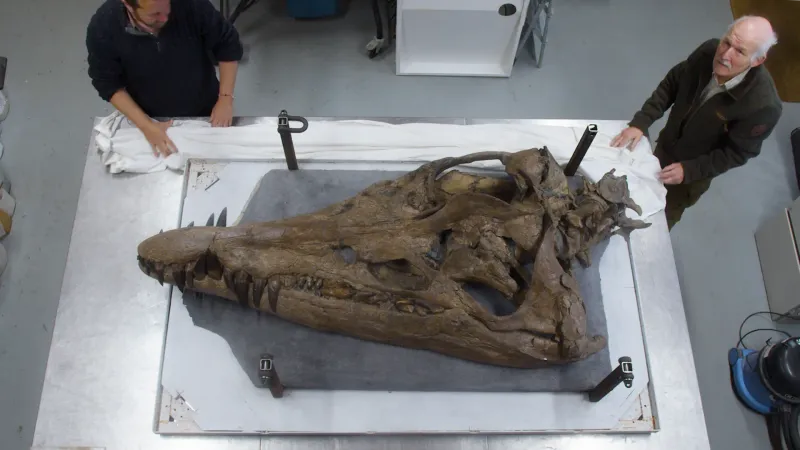
Most fossil finds along the Jurassic Coast consist of fragments – a tooth here, a vertebra there. What makes this discovery extraordinary is its completeness and preservation quality. Every tooth, bone, and feature remained intact after 150 million years!
The skull’s remarkable condition allows scientists to examine previously unknown details about the creature’s sensory abilities. Tiny channels for nerves show these predators had incredibly sensitive snouts that could detect prey movements in murky waters.
Microscopic analysis of the bone structure even reveals growth patterns, giving us our first real glimpse into how these monsters developed from juveniles into ocean terrors.
3. Climate Clues Hidden In Stone
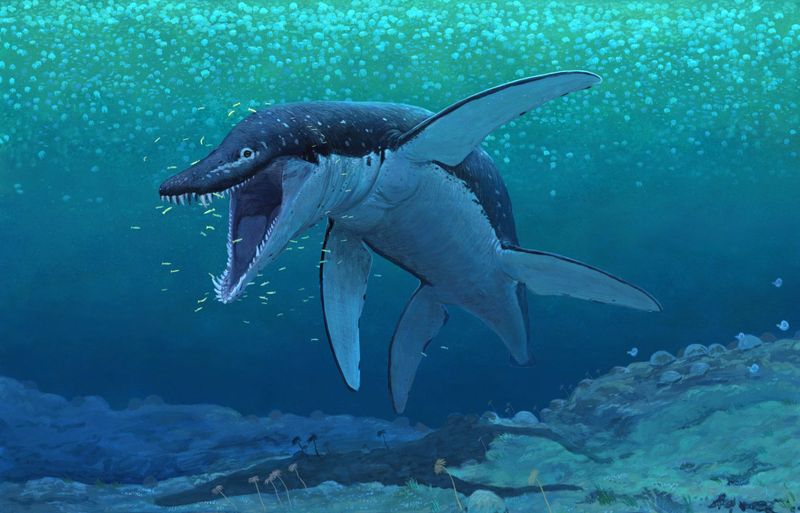
The rocks surrounding the skull tell an amazing story about Earth’s ancient climate. By studying the chemical makeup of these stones, scientists can determine ocean temperatures from when this monster swam the seas.
Surprise finding: the Jurassic oceans experienced dramatic temperature swings! This particular creature lived during a warming period similar to what our planet faces today.
The fossil’s location in specific rock layers helps create a more accurate timeline of prehistoric climate change. Understanding how marine life adapted to these ancient warming events gives scientists valuable insights into how modern ocean creatures might respond to our changing climate.
4. Unexpected Evolutionary Adaptations
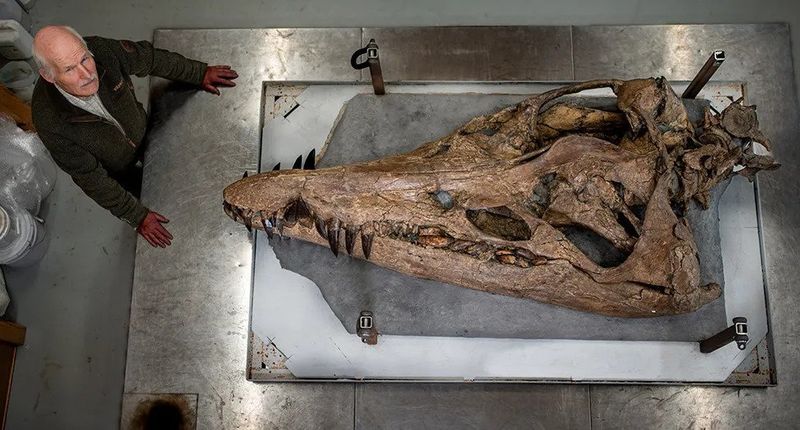
The skull reveals surprising features that scientists didn’t expect to find. Unusual ridges above the eye sockets suggest these creatures had protective bony shields – similar to those seen in modern crocodiles but never before documented in marine reptiles.
Even more fascinating: evidence of specialized blood vessels that might have helped regulate brain temperature. This adaptation would have allowed the predator to hunt in both warm shallow waters and colder deep seas.
These discoveries challenge our understanding of how marine reptiles evolved. The new fossil suggests these creatures developed specialized adaptations much earlier than previously thought, changing the evolutionary timeline by millions of years!
5. Geological Importance Of The Jurassic Coast
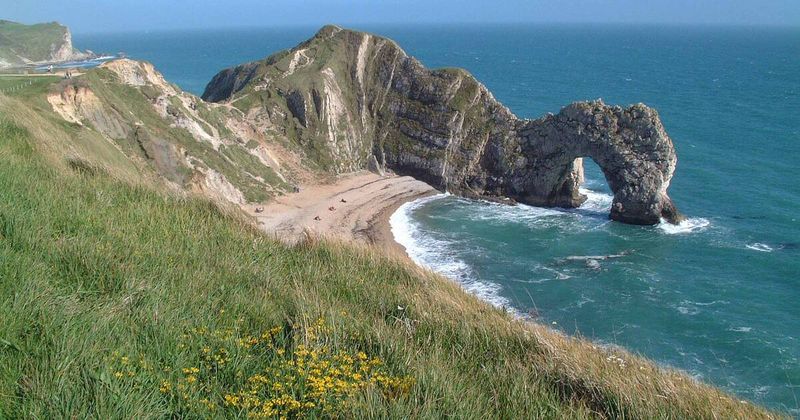
The Jurassic Coast stretches 95 miles along southern England and represents 185 million years of Earth’s history in its cliffs. This UNESCO World Heritage site earned its name because its rocks span three geological periods – the Triassic, Jurassic, and Cretaceous.
Finding this skull in a specific rock layer helps scientists pinpoint exactly when these creatures dominated the oceans. The fossil’s location confirms that this area was once a warm, shallow sea teeming with prehistoric life.
Constant coastal erosion reveals new fossils each year. What makes this site special is how the tilted rock layers create a natural timeline – walking the beach is literally walking through millions of years of Earth’s past!
6. Mary Anning’s Legacy Lives On
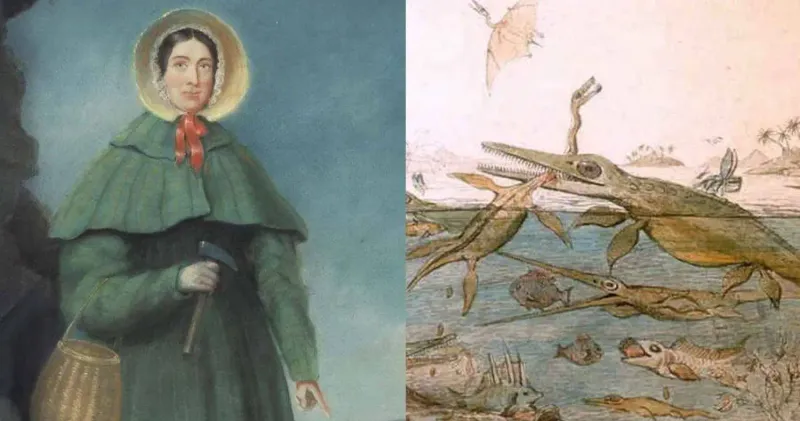
The recent skull discovery connects directly to pioneering paleontologist Mary Anning, who found the first complete ichthyosaur skeleton along this same coastline in 1811 when she was just 12 years old! Her discoveries revolutionized our understanding of prehistoric life.
Despite facing discrimination as a woman in science, Anning’s meticulous methods set standards still followed by modern fossil hunters. The team who found the new skull used techniques she pioneered over 200 years ago.
Anning never received proper recognition during her lifetime, but today’s discovery ensures her contributions to paleontology continue to inspire new generations of scientists exploring the Jurassic Coast.
7. Ocean Food Chains Revealed
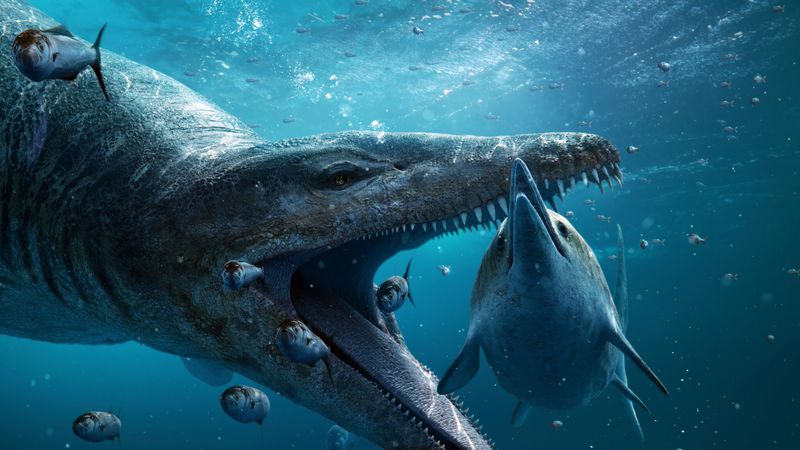
The massive sea monster skull provides a missing puzzle piece in understanding ancient ocean ecosystems. Tooth marks on the fossil suggest interactions with other marine creatures, painting a picture of complex food webs that existed millions of years ago.
Chemical analysis of the teeth reveals what this predator ate – everything from fish and squid-like creatures to other large marine reptiles! This confirms it sat at the very top of the food chain.
Nearby microfossils tell us about the smaller creatures that lived alongside this monster. Together, these discoveries help scientists reconstruct entire prehistoric ocean communities, from the tiniest plankton to the mightiest predators that ruled these ancient seas.
8. Amateur Fossil Hunters Make History
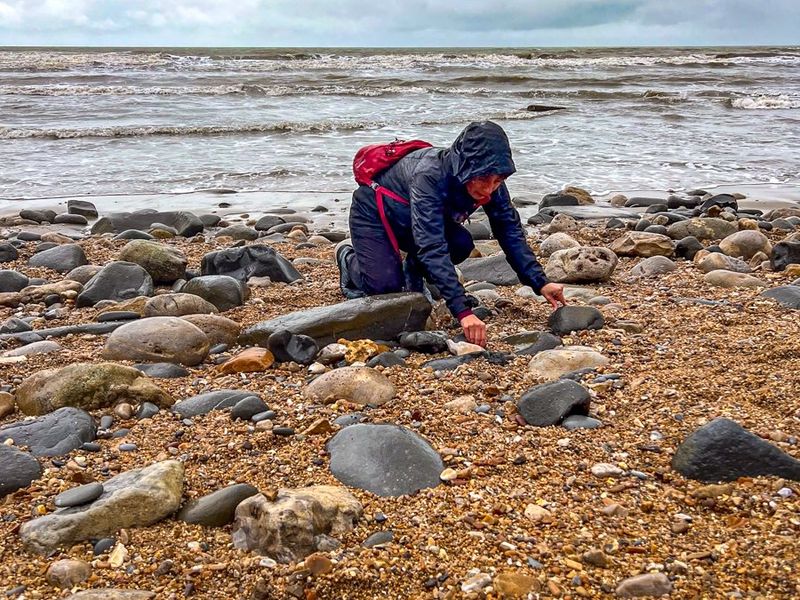
The incredible skull wasn’t discovered by professional scientists but by a father and daughter walking their dog after a storm! Phil and Lily Davidson spotted something unusual protruding from a recently collapsed cliff section.
Amateur fossil hunters regularly make important discoveries along the Jurassic Coast. The region’s constantly eroding cliffs expose new specimens after heavy rains and winter storms, creating perfect conditions for beachcombers to find treasures.
Local fossil hunting groups teach responsible collection techniques and work closely with museums. This collaborative approach between professionals and enthusiasts has led to many groundbreaking finds, proving you don’t need a science degree to make significant contributions to paleontology!
9. Advanced Technology Reveals Hidden Secrets
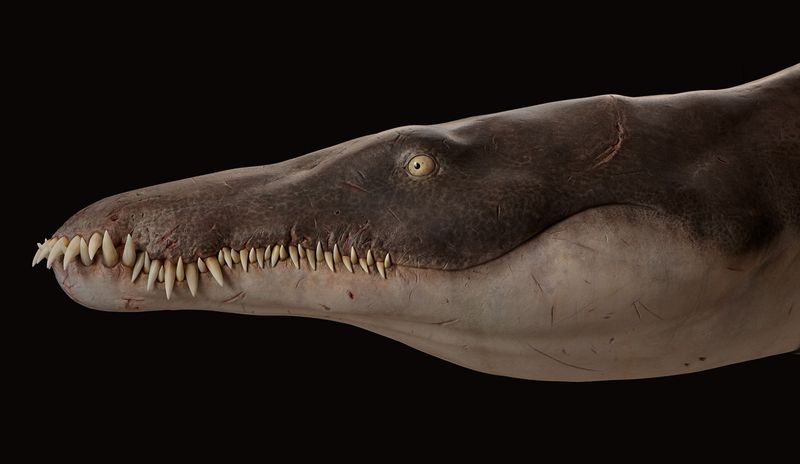
Scientists are using cutting-edge technology to study the skull without damaging it. CT scans create detailed 3D models of the internal structures, revealing features impossible to see with the naked eye.
Laser scanning captures surface details with microscopic precision, allowing researchers to identify bite marks, healing injuries, and even signs of disease. These scans will be shared globally, letting scientists worldwide study the specimen without needing physical access.
The most exciting breakthrough comes from analyzing ancient DNA fragments preserved in the bone. Though incomplete, these genetic clues help establish evolutionary relationships between this creature and other marine reptiles – and possibly even modern animals!
10. Tourism Boom For Local Communities
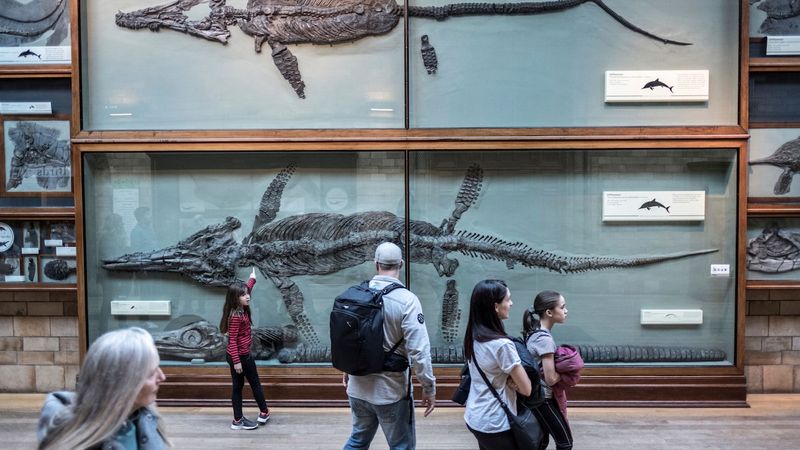
The skull discovery has sparked huge interest in the Jurassic Coast, bringing a wave of visitors to local towns like Lyme Regis and Charmouth. Gift shops now sell miniature skull replicas, and fossil-themed cafés are opening to meet tourist demand.
Local museums have created special exhibits featuring the find. The Charmouth Heritage Coast Centre reported visitor numbers doubling since the announcement, with families traveling from across Europe to learn about the discovery.
This tourism surge provides a much-needed economic boost to coastal communities. Local fossil guides offer specialized tours to the discovery site, and hotels report being fully booked months in advance – proving that 150-million-year-old monsters can still make a big splash today!
11. Mysteries That Remain Unsolved
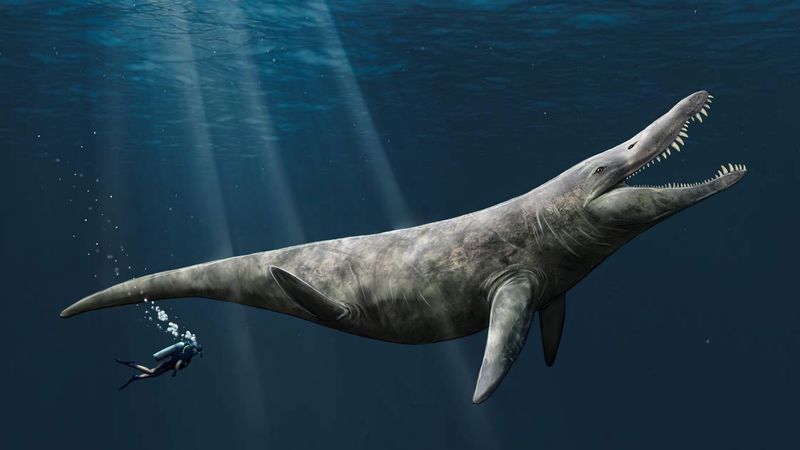
Despite the wealth of information from this amazing find, tantalizing questions remain unanswered. Scientists still debate how the creature died – was it old age, a battle with another predator, or something else entirely?
The skull shows unusual wear patterns on certain teeth that don’t match known feeding behaviors. This suggests the monster might have used its jaws for activities we haven’t yet figured out.
Most puzzling of all: why was this specimen found alone? Typically, complete skeletons are found together, but extensive searches revealed no trace of the body. Did ancient currents separate the skull from the body after death, or is there another explanation waiting to be discovered?
12. Conservation Challenges For Fragile Fossils
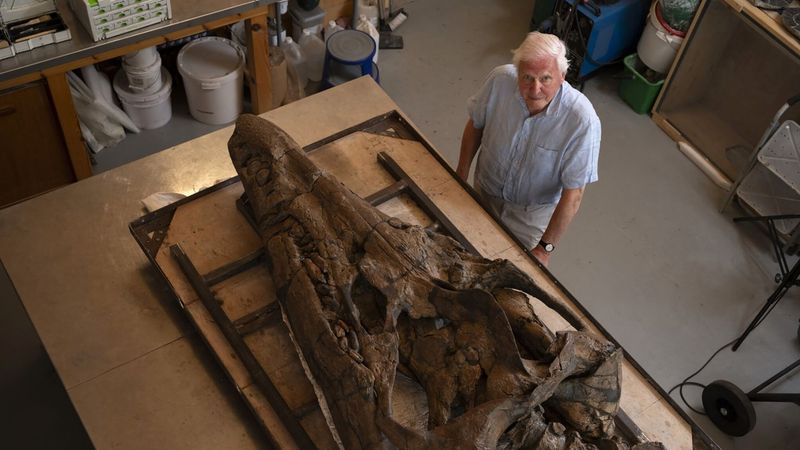
Preserving the skull presents enormous challenges. Exposure to air starts a deterioration process that could damage this irreplaceable treasure. Museum conservators race against time, using specialized resins to stabilize the fossil.
The skull’s massive size creates unique display problems. Engineers designed a custom support system that prevents gravity from slowly crushing the fragile specimen. Climate-controlled cases maintain perfect temperature and humidity levels to prevent cracking.
Balancing public access with preservation concerns remains tricky. The museum limits viewing times and photography restrictions to protect the fossil from light damage. These conservation efforts ensure future generations can marvel at this ancient sea monster for centuries to come.


